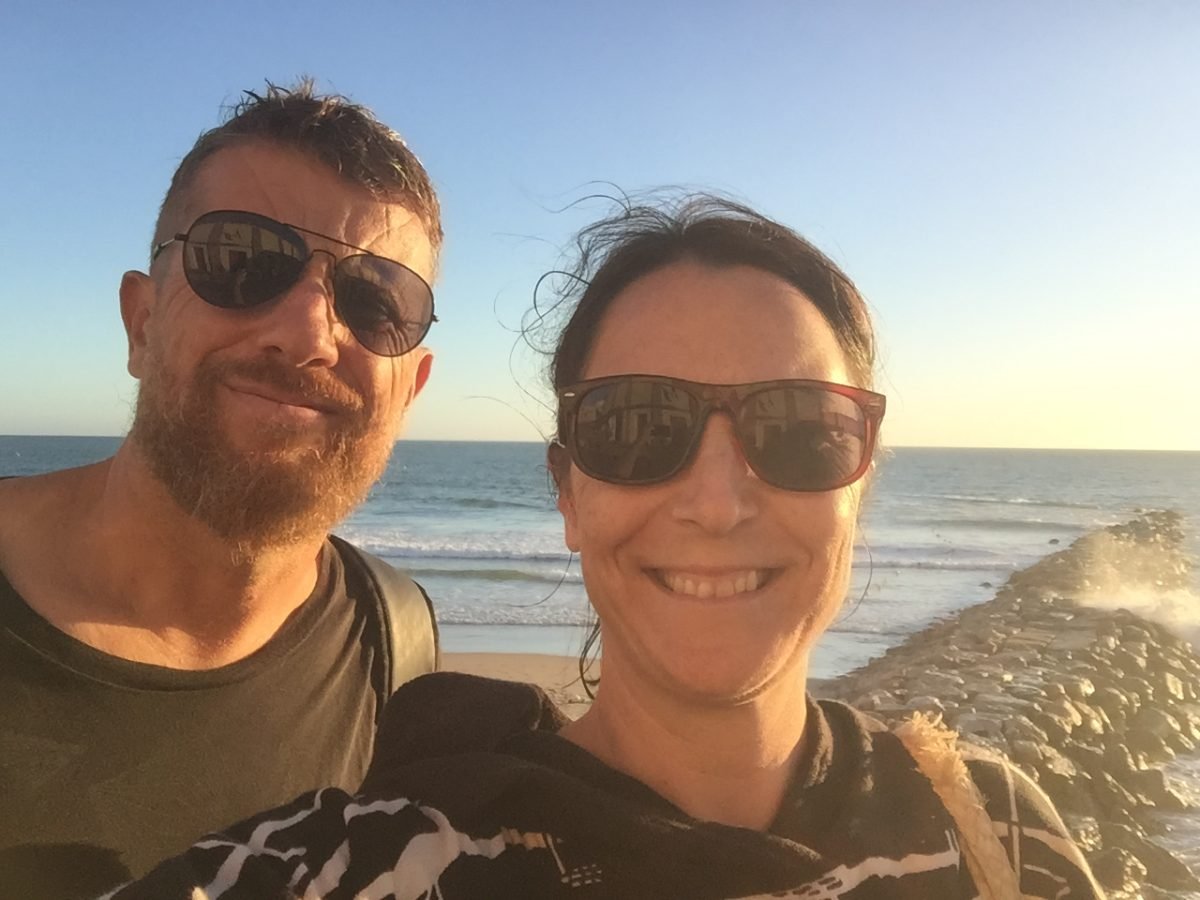Phil Wheeler / How illustration changed my life

As illustrators, we often get asked how we started off in illustration, but how has illustration changed your life is a much better question. Like many others, my artistic journey began as a child.
My earliest memories of drawing were copying characters from the ‘Asterix’ comic books. I was encouraged in my artistic endeavours by family (my mother is a keen painter) and at school in my primary years. But as the school went on, art was increasingly treated as a secondary subject, a mere hobby. We were channeled into the ‘serious’ academic subjects, at the expense of art/ natural creativity.

Hence, at the age of 19, I went to Bristol university to study Philosophy and Politics. Alongside, I played the drums in a funk band- my main creative outlet in those years- and made some life-long and important friendships. Most significantly, I met Carmen – the love of my life and future wife. On our travels together in Ecuador after university, whilst staying in a “refugio” cabin on the side of a mountain half a day’s walk from green and luscious Vilcabamba, I had a ‘ lucid moment’. One of many. I needed to get back into the visual arts and somehow make a living from it.

On returning to Bristol, I tried my hand at satirical cartoons but soon realized I was too slow. But looking around at the world with new eyes, I started to notice the huge amounts of imagery that surrounds us every day: book covers, album covers, posters, magazines and adverts – this is when I woke up to fact that illustration was a thing – and something I should be getting into.
So, in 1998 I went back to college to study an HND in illustration at Swindon College. Here I built up a portfolio and made my first attempts at using Photoshop. It was whilst at college that I became drawn to the digital because of its editability (great for the indecisive!). The retro-inspired bold graphic design of the 90s attracted me and so I began to explore the possibilities of pixels and vectors.

Soon after college, I landed my first job – a book cover. Joe Magee, a friend and well-established illustrator was instrumental at that time in helping get me started with some more good editorial contacts. (Thanks again, Joe!)
Around this time 2 other major changes occurred in my life. Carmen and I found out we were going to have a baby and moved to London. I probably had my first ‘What am I doing?’ moment about that time, my mother’s words ringing in my head … “When are you going to get a real job?’ But fortunately, I held my nerve, and we muddled through.

In those days, when I finished a job, I had to burn a CD and cycle round to clients to deliver the work personally, but once the Internet got faster and options for working remotely suddenly improved, the time was ripe to put into action the idea we´d only dreamt of – a move to Spain. We came with our 18-month-old daughter to Cádiz in Andalucía in 2003. This, I suppose, is the most obvious way the illustration has affected my life – geographically. I was in southern Spain working with clients in the UK.

In 2006 I was lucky enough to be contacted by Anna Goodson and jumped at the chance to join her agency and expand my horizons globally. Soon, I was working on amazing briefs with clients as diverse as IBM, Adidas and Pepsi. All from a small studio in our apartment in Cádiz.
But illustration has given me not just the freedom to work wherever but also whenever I want. It has offered autonomy and the feeling of being my own boss. Working from home and able to choose my own hours, I have been blessed with the chance to spend more time with my family and be with my 3 kids as they grow up. That, in my opinion, is priceless.

And finally, as a creative outlet, illustration offers endless variety and freedom to continue the unfinished work of developing my style.
In terms of my style, my work explores ideas of science and nature through a montage of pattern, texture and motif. Sometimes alluding to a narrative, often with playful and elaborate detail, my style employs digital and organic elements to create an interplay of maximalist, texture-heavy detail and simple graphic motifs. It lends itself to surface design and packaging but that said, I am always happy to consider a new challenge and relish adaption. At the end of the day, illustration allows – and maybe requires – reinvention and evolution. It’s an ongoing visual quest.